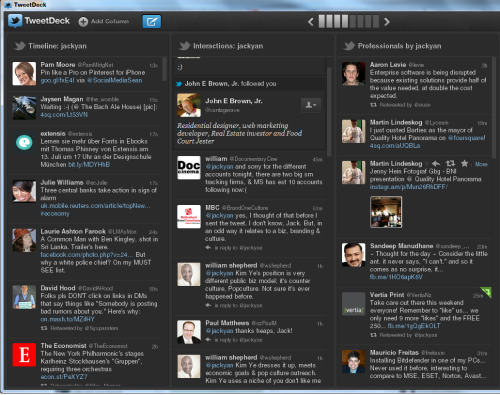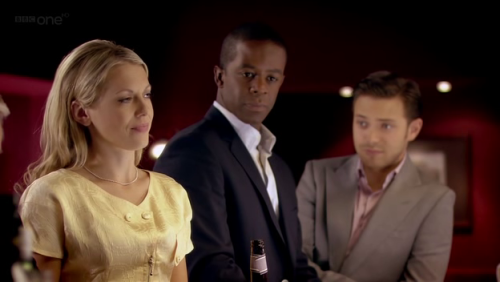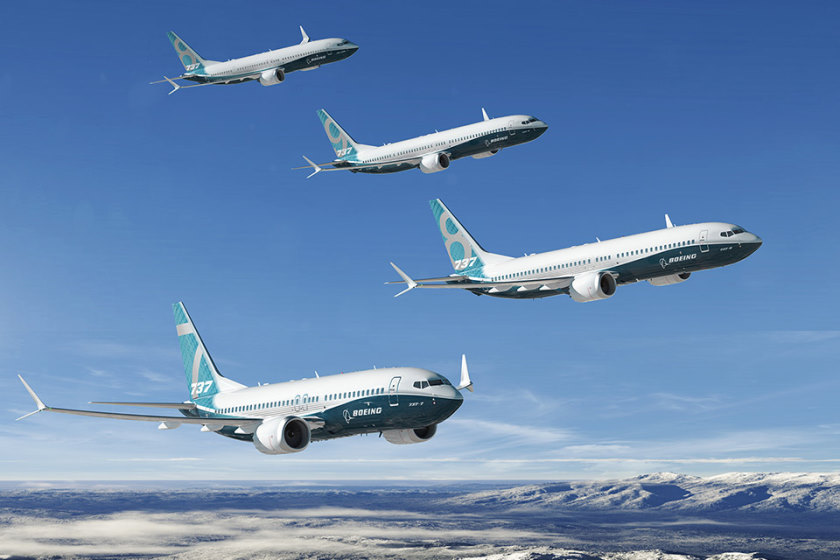
Simpsons fans should be able to connect the above scene with the post below.
I’m sure some of you watched the al-Jazeera English documentary this week on the Boeing 787, and how there are safety concerns over the models built in South Carolina. In summary, ‘Al Jazeera’s Investigative Unit and reporter Will Jordan investigate Boeing’s 787 “Dreamliner”, finding some workers with quality concerns, alleging drug use and fearing to fly the plane they build.’ Even if you don’t watch the full 48 minutes, the links on the page make for interesting reading.
I’m not usually one to take a TV programme at face value, but I admit this one piqued my interest. Enough for me to Tweet Air New Zealand last night to ask them their thoughts and the airline responded this morning:
Safety is paramount and non-negotiable at Air NZ. We remain completely confident of the safety and reliability of the 787-9.
which does sound a bit like a press release. Hackneyed? Yes, and totally unlike the human face that Air New Zealand generally takes with its Twitter account.
Call me cheeky, but I responded with:
That’s what BOAC said about the De Havilland Comet. Will you check into these new allegations about the Hillbilly 787s?
(I accept that that was not a good term to use and I apologize for it) and added later:
Can you guys at least watch the doco or confirm to me that someone senior enough has, and then convey your thoughts?
The documentary was quite damning about the 787s, and the US system failing consumers these days (just think about GM), I think I’ve every right to be worried. Air New Zealand, even more so. When whistle-blowers like John Woods are fired, something is rotten. If consumers don’t trust ‘Made in USA’ any more, then we need to be assured that we’re getting the best planes made by the best workers—and traditionally, those workers are the Washington state ones.
Surely there are parallels here. Here’s what happened to GM quality manager Courtland Kelley:
It described employees passing the buck and committees falling back on the “GM nod”—when everyone in a meeting agrees that something should happen, and no one actually does it …
Kelley had sued GM in 2003, alleging that the company had dragged its feet addressing dangers in its cars and trucks. Even though he lost, Kelley thought that by blowing the whistle he’d done the right thing and paved the way for other GMers to speak up. Now he saw that he’d had the opposite impact: His loss, and the way his career had stalled afterward, taught others at the company to stay quiet …
Kelley had been the head of a nationwide GM inspection program and then the quality manager for the Cobalt’s predecessor, the Cavalier. He found flaws and reported them, over and over, and repeatedly found his colleagues’ and supervisors’ responses wanting. He thought they were more concerned with maintaining their bureaucracies and avoiding expensive recalls than with stopping the sale of dangerous cars. Eventually, Kelley threatened to take his concerns to the National Highway Traffic Safety Administration. Frustrated with the limited scope of a recall of sport-utility vehicles in 2002, he sued GM under a Michigan whistle-blower law. GM denied wrongdoing, and the case was dismissed on procedural grounds.
and what happened to Woods (who also lost against Boeing and its team of lawyers):
There was some animosity between quality and production. I would bring up a quality concern and they would say, well, that’s not helpful to production.
On several occasions, I would go check out these repairs while they were being done and after. There are inspection points all throughout the repair process where an inspector is supposed to come over and check something and mark it down that he checked it.
You’re never supposed to go past an operation that’s not checked off. I would see a defect and I’ll look at the inspection sheet and there was no note of it, and I know in the specifications that all anomalies, even small anomalies, are supposed to be recorded in the inspection.
So I would bring an inspector over and show it to him and say, “Could you please note this down in your inspection?” And they say okay, so I’d walk away. Then I’d come back later that day or the next day and it’s still not noted.
So then I would go mention it to the supervisor and go back another couple of days and still not noted. It became very frustrating on several occasions, to the point where people were angry at me for bringing it up.
If we cannot trust the NHTSA over GM, can we really trust the FAA?
As a New Zealander, I would like our national airline to assure us that we’re not getting lemons, and just how we can be sure that we’re not the guinea pigs for testing the planes like those early Comet passengers were.
• Boeing’s response to the al-Jazeera programme can be found here.
• A review questioning al-Jazeera’s objectivity with claims there were biases can be found in Forbes.





